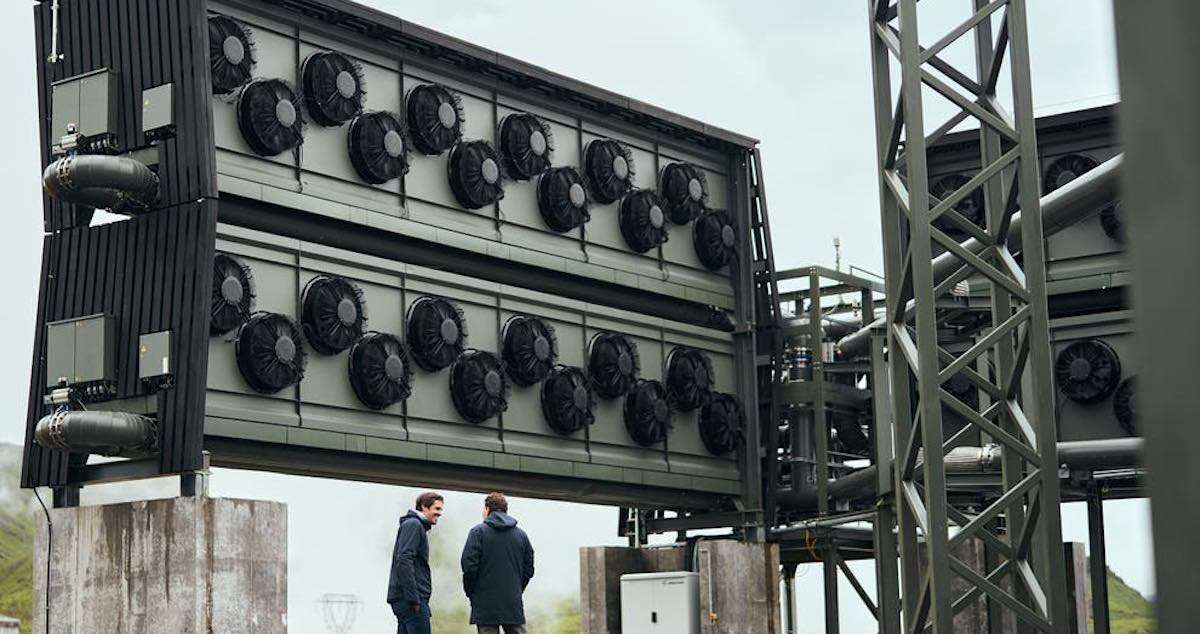Evidence of Cheese-Making to Circumvent Lactose Intolerance 6,000 Years Ago Found in Poland
This shows the Poles overcame their own genetic lactose intolerance to add a sustainable and protein-rich food source to their diets.

A new study shows that methods of sucking up atmospheric air and filtering out the CO2 can be improved by adding copper to the filter material, potentially opening up the technology to dozens more uses that could produce a meaningful difference in the fight against climate change.
The addition of copper also converts the captured CO2 to a harmless baking soda that could be stored in the oceans, or turned into a saleable product.
Some scientists say the only way to limit the warming of the Earth to less than 1.5°C over this century is if humanity starts to extract some of the CO2 they've added to the atmosphere through carbon capture methods.
These machines come in two forms: one that uses large fans to pull regular air from the environment, filter out the CO2, and then store that underground or produce other chemical products, and a second that does the work directly at the exhaust point of large factories, power plants, or natural gas wells.
The former method deals with CO2 at very few parts per million, while the latter does so at much higher concentrations, but with placement limited to industrial facilities.
Now, a study published in Science Advances shows that when copper is added to the ammine-based filter devices on the large ambient carbon-capture machines, they filter out CO2 three times as much, reducing cost and improving efficiency.
"To my knowledge, there is no absorbing material which even at 100,000 ppm, shows the capacity we get it in direct air capture of 400 ppm," said lead author Professor Arup Sengupta from Lehigh University in the US.
But more than the increased performance, the addition of the copper opens up a new possibility for where the absorbed CO2 can be placed—in the ocean.
The ocean is one of the three major carbon storehouses on Earth, and the climate change body of science shows that too much CO2 causes the oceans to acidify, but the copper and amine created a chemical reaction in seawater than turned the captured CO2 in the study into non-acidifying, sodium bicarbonate, or baking soda.
With the potential of storing captured carbon in the ocean, the placement of carbon-capture facilities would go from being limited to places with significant underground storage capacity and existing drill infrastructure to anywhere there's a coastline.
"I am happy to see this paper in the published literature, it is very exciting, and it stands a good chance of transforming the CO2 capture efforts," Professor Catherine Peters from Princeton University told the BBC who wasn't involved in the research project.
While Sengupta's new method turns the CO2 into baking soda for depositing in the seas, other methods actually involve baking soda.
Last July, WS reported that Tata Chemicals Europe opened the UK's first industrial-scale carbon capture and usage plant. The plant captures 40,000 metric tons of carbon dioxide each year—the equivalent to taking over 20,000 cars off the roads.
SHARE This Positive Climate Headline With Your Friends…
Be the first to comment